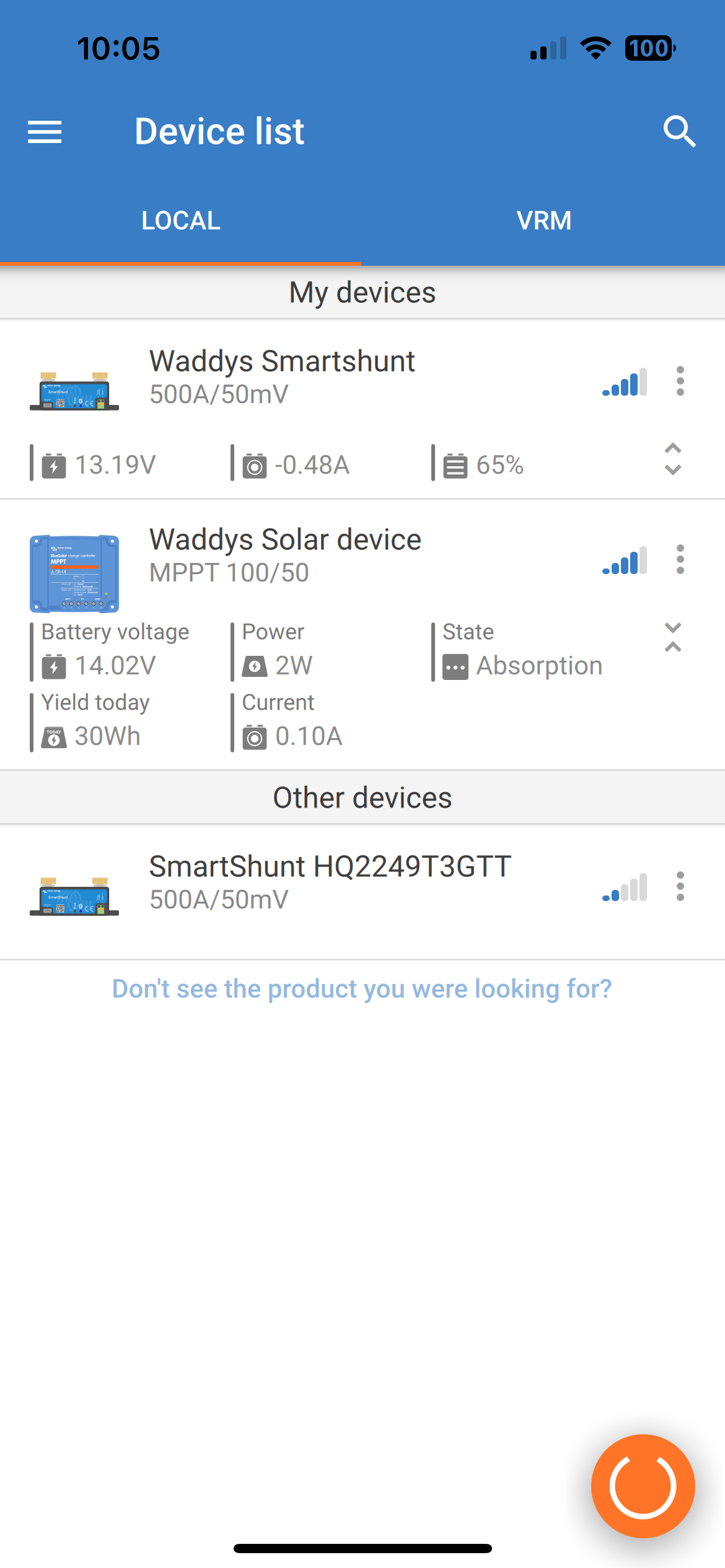Hi
I have 2 x 100 ah Lithium batteries on my sailboat
My MPPT 100/50 SOLAR charger will not charge them as the SOC depletes it is always in float mode however it will charge if there is a heavy load such as water maker etc, same happens with my wind charger and alternator. The batteries have been to a low charge state and I have to keep using my Victron IP22 to top up the batteries. Both the solar controller and IP22 are set to Lifepo4
I have a Victron 500 smart shunt
Charged voltage 14.6v
Discharge floor 20%
Tail current 3%
Charged detection time 3m
Peukert exponent 1.05
Charge eff 99%
Current threshold 0.1A
Time to go average period 3m
Any ideas ?


